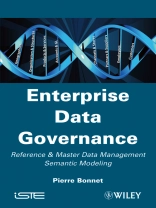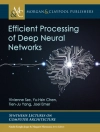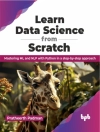In an increasingly digital economy, mastering the quality of data
is an increasingly vital yet still, in most organizations, a
considerable task. The necessity of better governance and
reinforcement of international rules and regulatory or oversight
structures (Sarbanes Oxley, Basel II, Solvency II, IAS-IFRS, etc.)
imposes on enterprises the need for greater transparency and better
traceability of their data.
All the stakeholders in a company have a role to play and great
benefit to derive from the overall goals here, but will invariably
turn towards their IT department in search of the answers. However,
the majority of IT systems that have been developed within
businesses are overly complex, badly adapted, and in many cases
obsolete; these systems have often become a source of data or
process fragility for the business. It is in this context
that the management of ‘reference and master data’ or
Master Data Management (MDM) and semantic modeling can intervene in
order to straighten out the management of data in a forward-looking
and sustainable manner.
This book shows how company executives and IT managers can take
these new challenges, as well as the advantages of using reference
and master data management, into account in answering questions
such as: Which data governance functions are available? How can IT
be better aligned with business regulations? What is the return on
investment? How can we assess intangible IT assets and data? What
are the principles of semantic modeling? What is the MDM technical
architecture? In these ways they will be better able to
deliver on their responsibilities to their organizations, and
position them for growth and robust data management and integrity
in the future.
Circa l’autore
Pierre Bonnet is the co-founder of Orchestra Networks, a software editor specialized in Model-driven MDM. He is also the founder of the ‘Sustainable IT Architecture’ and ‘MDM Alliance Group’ communities.












